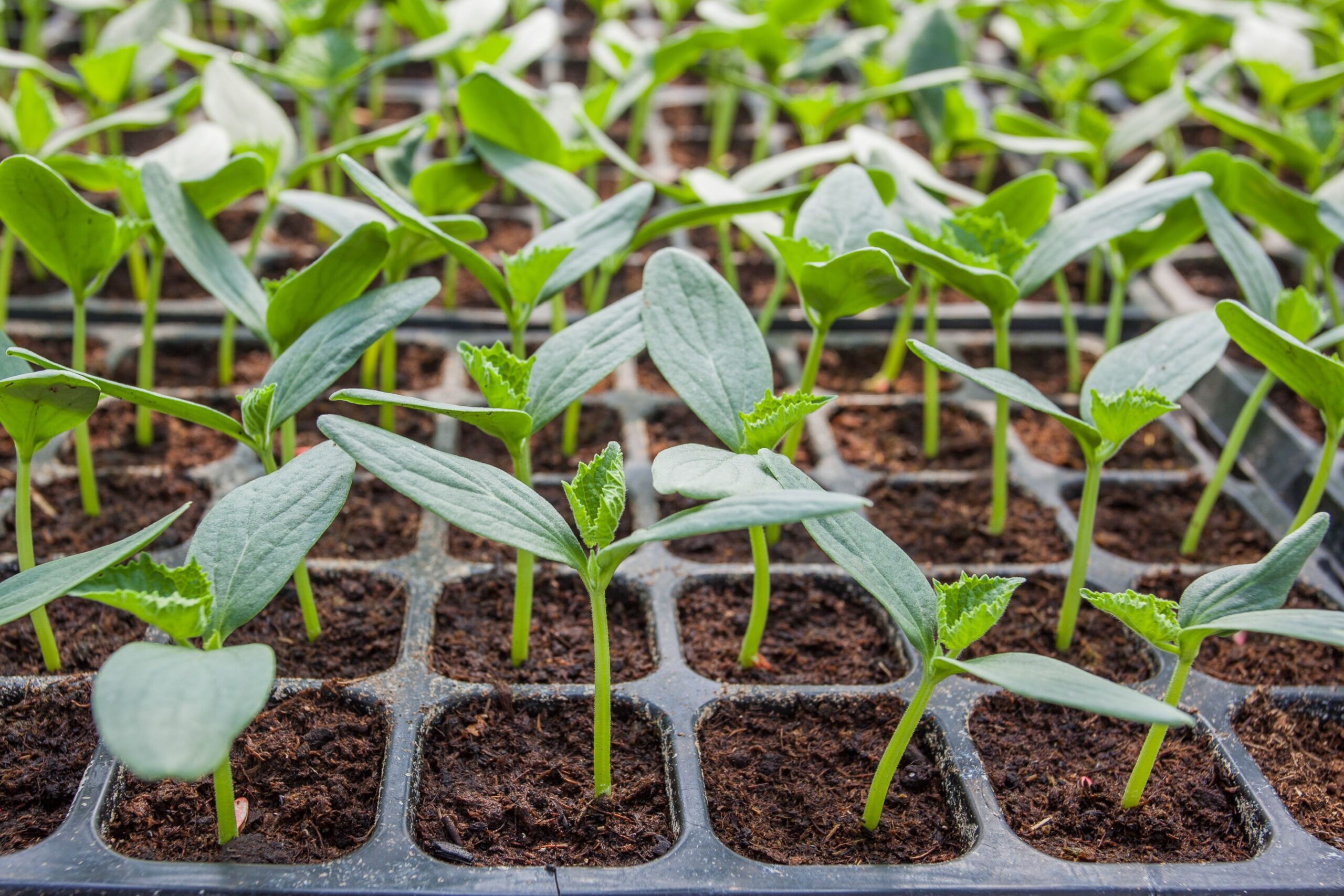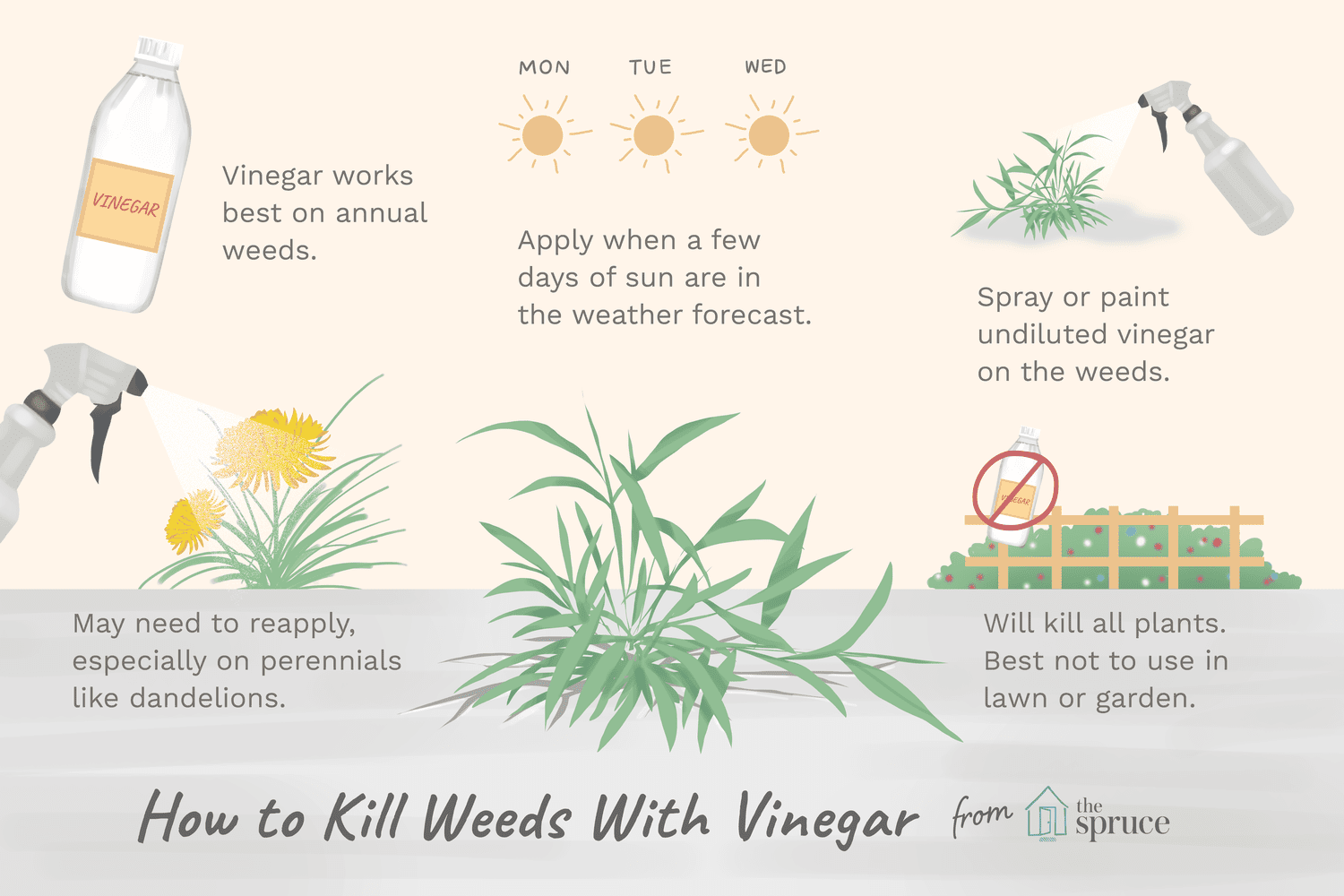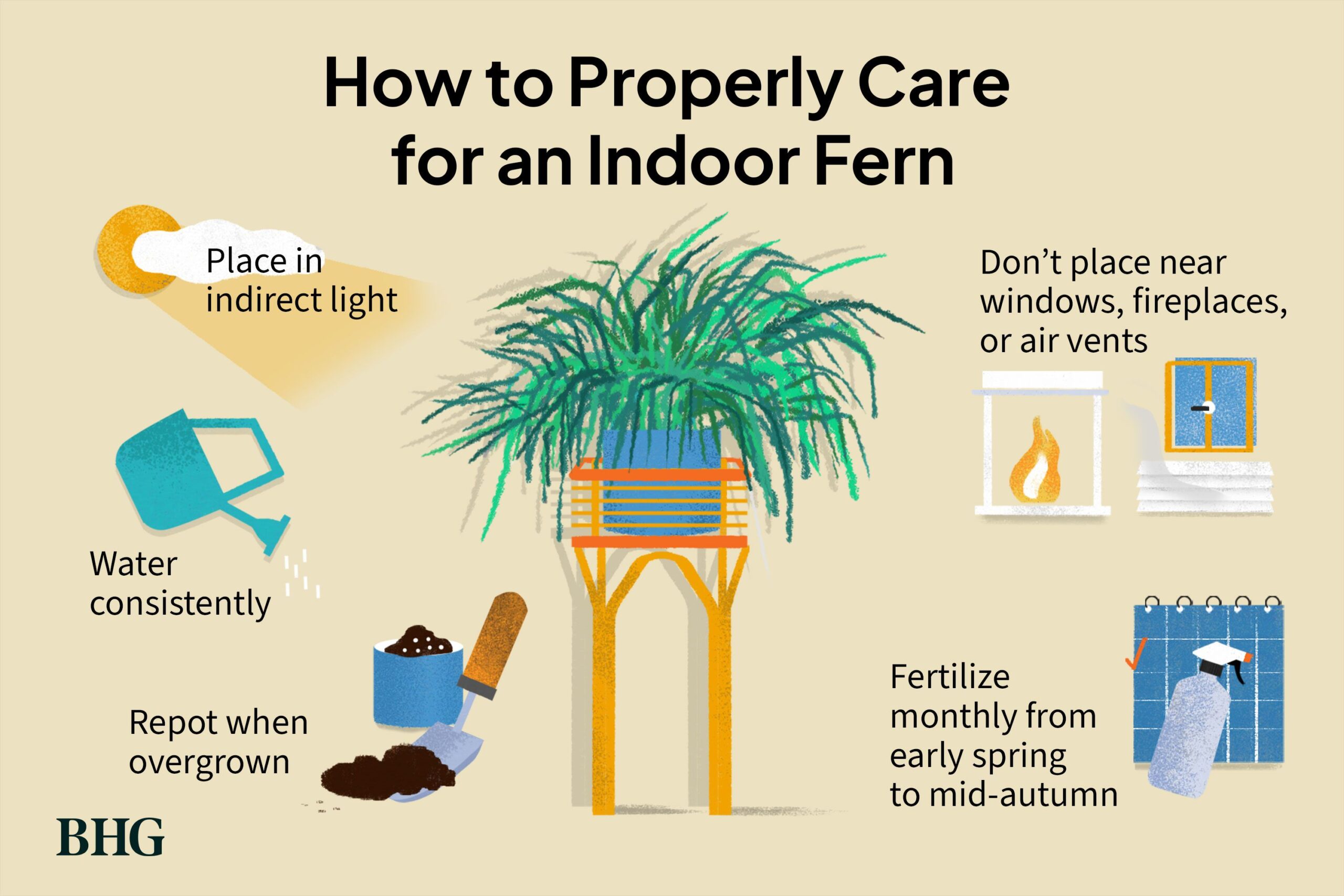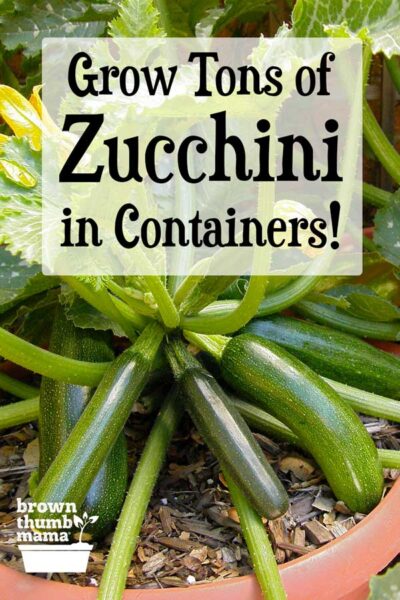Best Way to Transplant Seedlings
If you’ve been growing seedlings indoors and now it’s time to transplant them outdoors, you may be wondering what the best way to do so is. Transplanting seedlings can be a delicate process, but with the right knowledge and technique, you can ensure that your seedlings thrive in their new outdoor environment.
Timing is Key
One of the most important factors to consider when transplanting seedlings is timing. You want to make sure that your seedlings are strong and healthy before transplanting them outdoors. Typically, seedlings should be transplanted when they have at least two sets of true leaves and are not too tall and spindly.
Prepare Your Seedlings
Before transplanting your seedlings, it’s important to prepare them for the move. About a week before transplanting, start hardening off your seedlings by gradually exposing them to outdoor conditions. This will help acclimate them to the changing environment and reduce transplant shock.
Choose the Right Location
When choosing a location to transplant your seedlings, consider factors such as sunlight, soil quality, and drainage. Most seedlings thrive in well-draining soil that receives plenty of sunlight. Avoid areas with compacted soil or standing water, as this can lead to root rot.
Transplanting Technique
When transplanting your seedlings, make sure to dig a hole that is slightly larger than the root ball of the seedling. Gently remove the seedling from its container, being careful not to damage the roots. Place the seedling in the hole and backfill with soil, making sure to firm the soil around the base of the seedling.
Watering and Care
After transplanting, water your seedlings thoroughly to help them settle into their new home. Keep an eye on the moisture levels of the soil and water as needed. It’s also a good idea to mulch around the base of the seedlings to help retain moisture and suppress weeds.
Protect Your Seedlings
It’s important to protect your seedlings from pests and harsh weather conditions after transplanting. Consider using row covers or applying organic pest control methods to keep pests at bay. If there is a chance of frost, be sure to cover your seedlings with a frost cloth to protect them.
Monitor and Adjust
Once your seedlings are transplanted, it’s essential to monitor them regularly and make any necessary adjustments. Look out for signs of stress, such as wilting or yellowing leaves, and take action accordingly. With proper care and attention, your seedlings will soon establish themselves in their new outdoor home.
In Conclusion
Transplanting seedlings may seem daunting, but with the right approach, you can ensure a smooth transition for your plants. By following these tips and techniques, you’ll help your seedlings thrive in their new outdoor environment and set them up for success in the garden.



